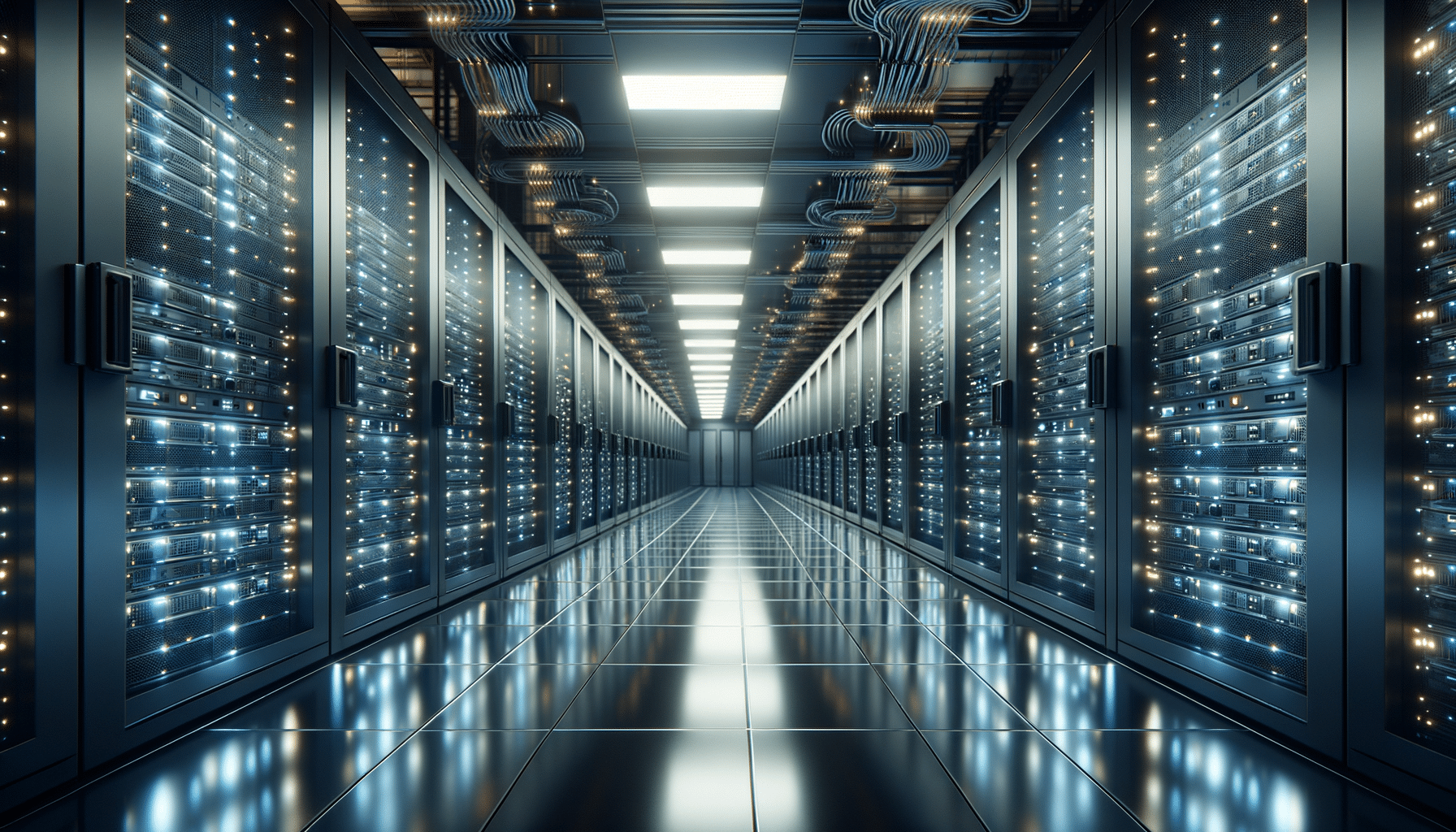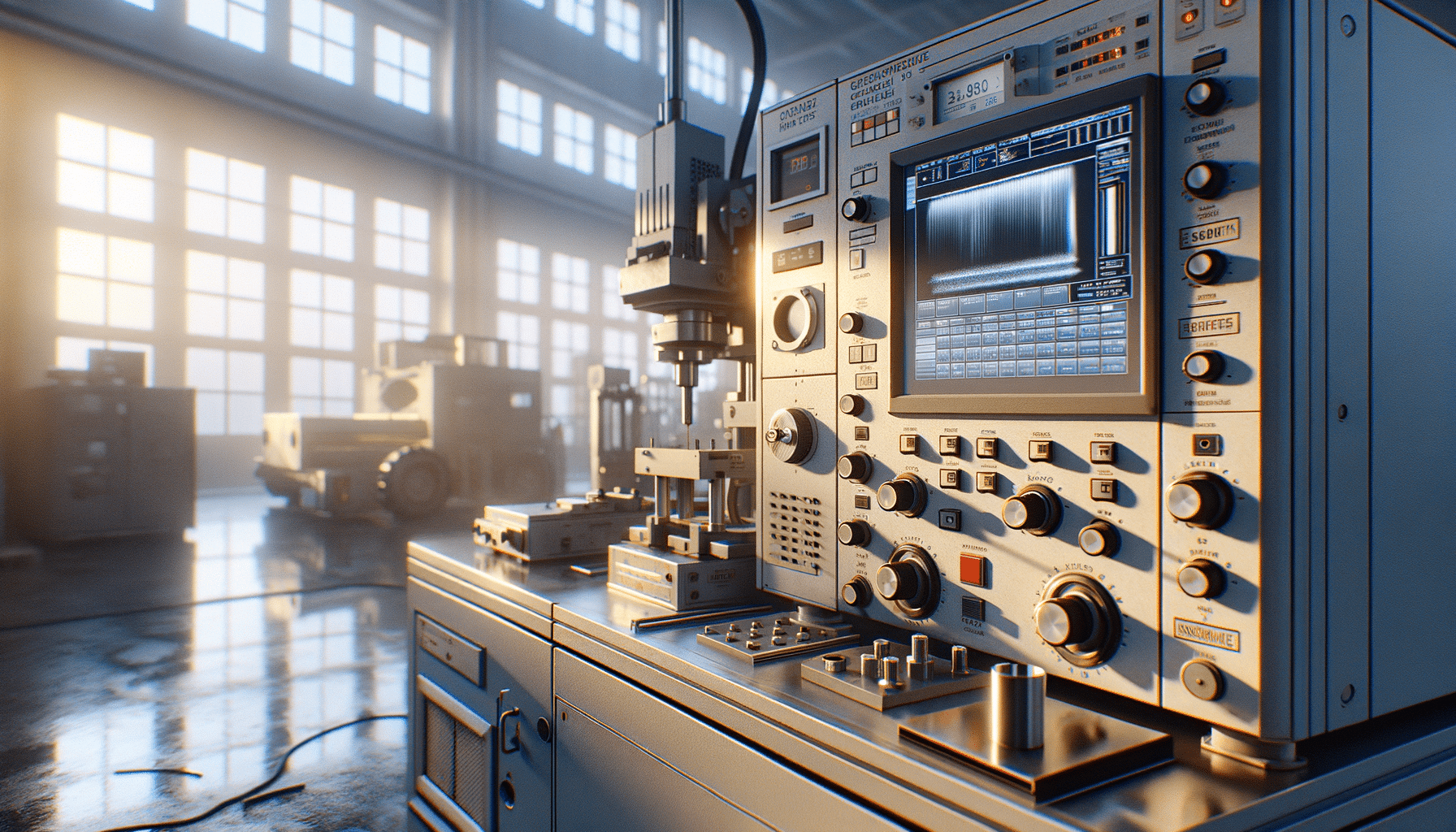
The Rise of Vegan and Cruelty-Free Products in Men’s Grooming
Vegan and cruelty-free products are making significant strides in the men’s grooming industry, reflecting a growing awareness and ethical consideration among consumers.
The demand for vegan and cruelty-free grooming products has surged in recent years, becoming a significant trend in men’s personal care. This shift is driven by a combination of environmental concerns, ethical choices, and a desire for healthier lifestyle options. Let’s delve into the factors contributing to this rise and explore what it means for men’s grooming routines.
Why Vegan and Cruelty-Free?
Vegan products are free from animal-derived ingredients, while cruelty-free products are not tested on animals. These criteria appeal to consumers who are increasingly conscious of the impact their purchases have on the environment and animal welfare. According to a report by Grand View Research, the global vegan cosmetics market size was valued at USD 15.1 billion in 2020 and is expected to expand at a compound annual growth rate of 6.3% from 2021 to 2028.
Expert Insights
“Men are becoming more aware of the ingredients in their grooming products and are actively seeking out options that align with their values,” says a spokesperson from a leading grooming brand. “This shift is not just a trend but a fundamental change in consumer behavior.”
Personal Stories
Consider the example of Mike, a professional in his late 30s who switched to vegan grooming products after learning about the harsh chemicals in conventional products. “I noticed a significant improvement in my skin’s health and felt better knowing my choices were not harming animals,” he shares.
Actionable Tips for Transitioning
- Start by reading labels carefully to ensure products are both vegan and cruelty-free.
- Research brands that are transparent about their sourcing and manufacturing processes.
- Consider incorporating natural ingredients like aloe vera and tea tree oil into your routine for added benefits.
Comparison Table
| Feature | Vegan Products | Non-Vegan Products |
|---|---|---|
| Animal Ingredients | No | Yes |
| Testing on Animals | No | Often |
| Environmental Impact | Lower | Higher |
| Sensitivity | Less Irritating | Potentially Irritating |
| Price Range | Varies | Varies |
| Availability | Increasing | Widespread |
| Consumer Awareness | Growing | Established |
| Health Benefits | Potentially Higher | Varies |
FAQs
Are vegan grooming products better for my skin?
Many people find that vegan products are gentler on the skin due to the absence of harsh chemicals and animal by-products.
How can I be sure a product is truly cruelty-free?
Look for certifications from reputable organizations that verify cruelty-free claims, such as the Leaping Bunny logo.
Conclusion
As more men embrace vegan and cruelty-free products, the grooming industry is poised to offer a wider range of ethical options. By making informed choices, you can contribute to a positive impact on both your personal health and the environment. Embrace this change and explore the diverse offerings available to enhance your grooming routine.


